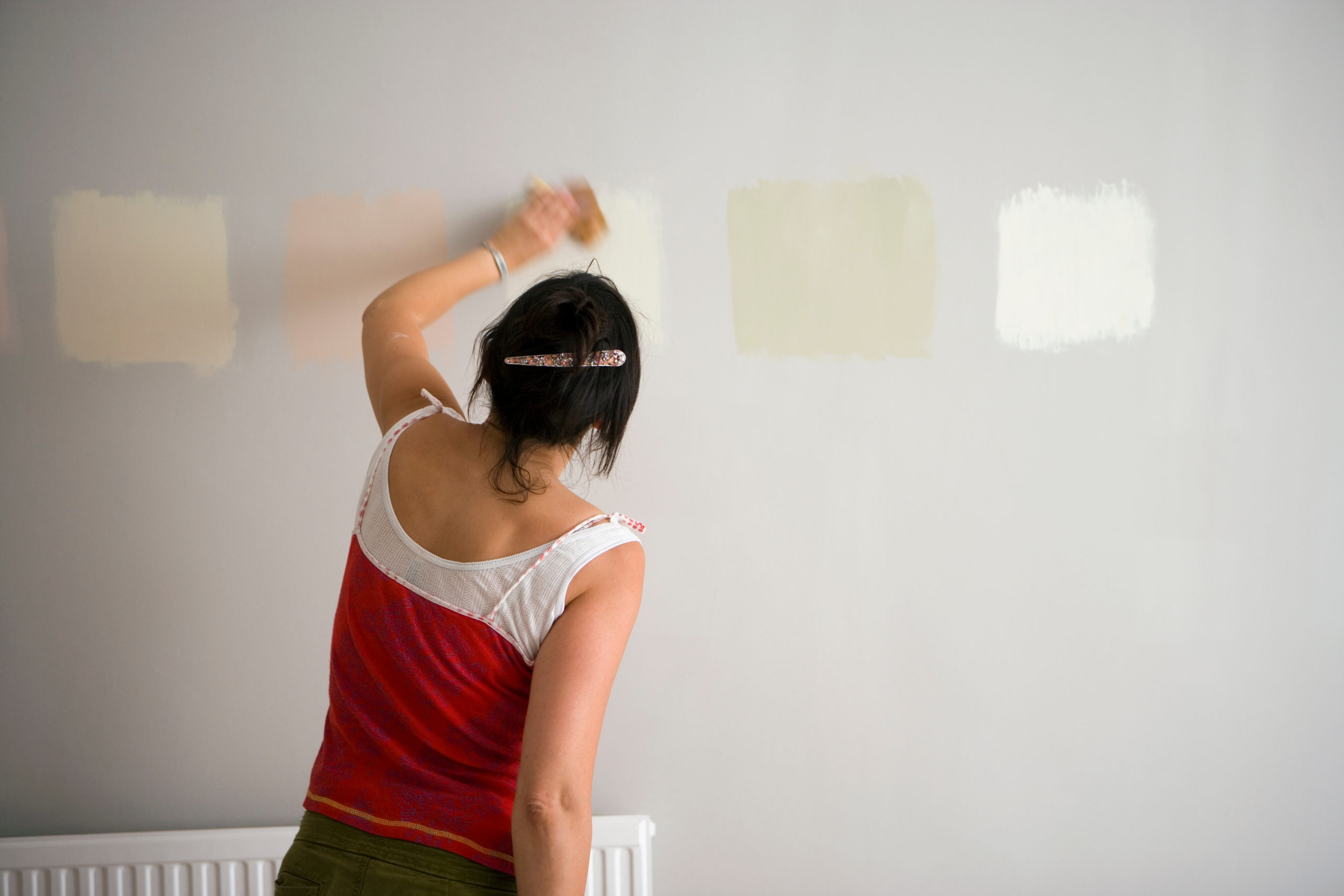Choosing a paint color can be relatively simple, or very overwhelming. It depends on the type of person you are (perfectionists, we’re looking at you!), and what color range you’re going for. If you’re choosing out of a variety of blue or green shades, you might be more picky than if you’re choosing a white or gray shade. But should this be the case?
Even neutral shades like white, cream, gray or beige can vary greatly from one shade to the next, and should be picked accordingly. Don’t just settle on the first shade you see! Consider the paint’s finish and it’s undertones in order to choose the best shade for the room. It’s truly amazing how different the same shade of paint can look from one room to the next. There are a few reasons for this…
Lighting
Just like with anything else in life, colors can appear dramatically different depending on the lighting conditions in which you’re looking at them. From the amount of natural lighting your room has, to which direction it comes from, and even the time of year can change the appearance. Take all these factors into account when choosing a shade! Certain lighting conditions can cause whites to look yellow or green, or beige to look very brown. Our suggestion? Test paint colors out on your wall, even if you just tape on the swatch! This will help you envision the paint color, in order to make sure you’re truly happy with how it looks in your home.
Finish
Ensure you like the look of your chosen shade’s finish before committing! Matte, sheen, eggshell, satin, flat… there are a lot of different options! And they can all drastically change the way we perceive the color once painted on the wall.
Context
Consider your room’s decor style and color palette. For example, imagine you want to paint a room white, but it already has a lot of white decor or furniture. A poorly chosen shade could look yellow or blue in comparison to your furniture’s preexisting shade, or vice versa. Carefully choose a shade that complements it, or perhaps opt for a grey or beige instead. Likewise, rooms with dark colored furniture can cause some shades to look unexpectedly lighter in comparison. These are all things to consider, and illustrates why swatching paint shades is important!
Have questions about a particular shade? Want color recommendations for a room? We’re here to help! Contact us at 13-664-5150, or email one of our team members to schedule a consultation!

